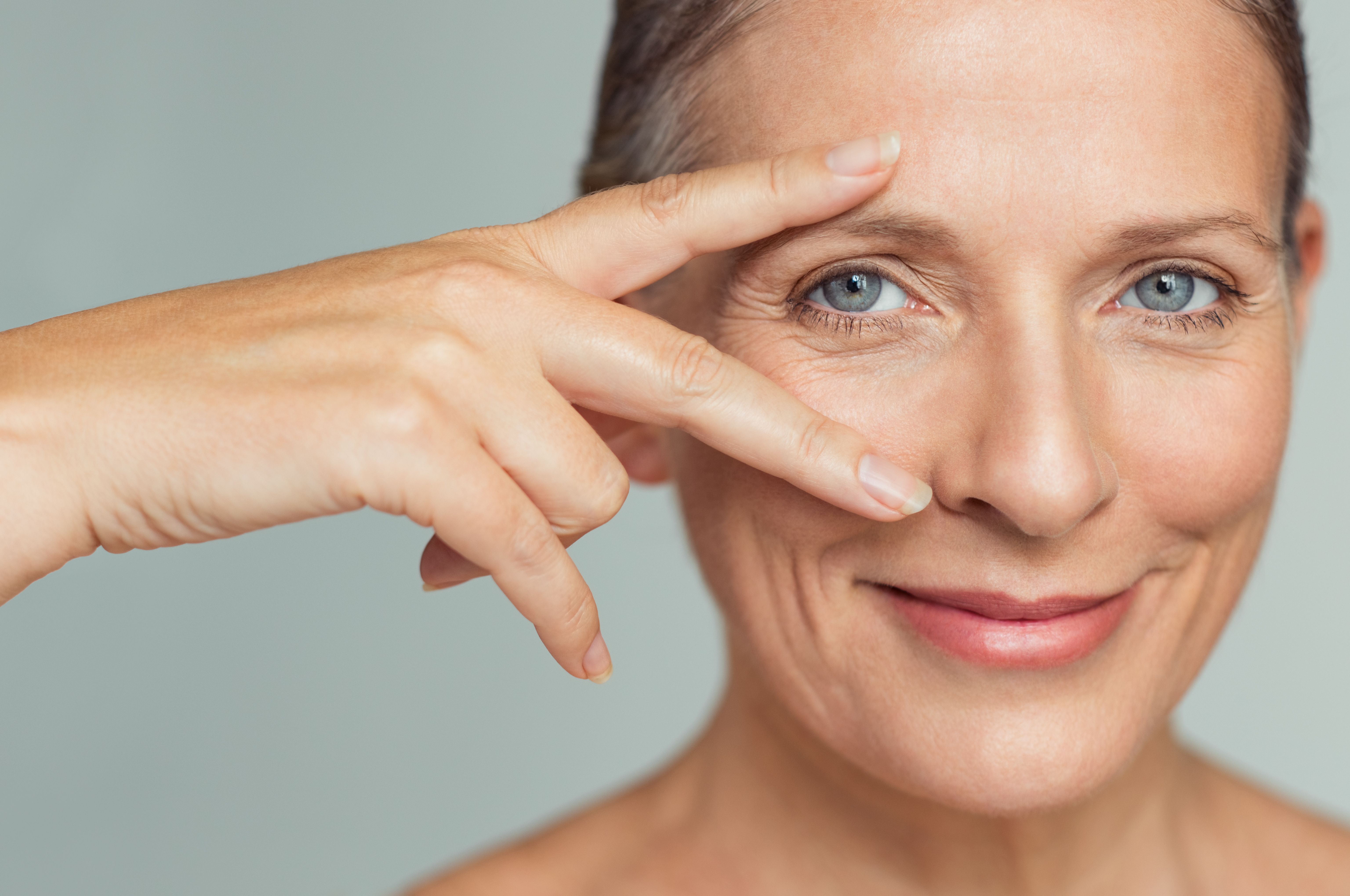- Acne
- Actinic Keratosis
- Aesthetics
- Alopecia
- Atopic Dermatitis
- Buy-and-Bill
- COVID-19
- Case-Based Roundtable
- Chronic Hand Eczema
- Chronic Spontaneous Urticaria
- Drug Watch
- Eczema
- General Dermatology
- Hidradenitis Suppurativa
- Melasma
- NP and PA
- Pediatric Dermatology
- Pigmentary Disorders
- Practice Management
- Precision Medicine and Biologics
- Prurigo Nodularis
- Psoriasis
- Psoriatic Arthritis
- Rare Disease
- Rosacea
- Skin Cancer
- Vitiligo
- Wound Care
News
Article
Combination Laser and Recombinant Human Collagen Treatment Improves Periocular Aging
Author(s):
At 3 months post-treatment, skin texture and laxity showed significant improvement.
Investigators evaluated the use of the fractional-ablative CO2 laser (CO2-AFL) with recombinant human collagen (rhCOL) permeationon treating signs of aging in the periocular region and found the treatment to be safe and effective.1 Due to the complexity of treating the periocular region, other treatments such as microdermabrasion, chemical peels, and laser therapy are not advocated as standard treatment.
Rido/AdobeStock

Clinical grade rhCOL (24 mg:4 mL; rhCOLI: rhCOLIII was 2.38:1) was used for the 3-month, prospective, single-blinded study of 26 females. Participants were aged 30 to 60 years with Fitzpatrick skin types II to IV. Treatment took place between June 2022 and August 2022.
Quantitative photoaging scales for periocular skin were blindly assessed prior to treatment, and again at 1 and 3 months following treatment. Lower eyelid aging was evaluated using a scale designed by Alexiades-Armenakas and Tierney. The crow’s feet static grading scale was used to evaluate periorbital aging, and the extent of upper eyelid laxity that is a result of upper eyelid blepharoplasty and marginal reflex distance-1 (MRD1) were applied to determine upper eyelid aging.
Skin thickness was measured on the upper and lower eyelids 3 times on patients before treatment and 3 months after treatment with an eL18-4 linear array probe.
Researchers also evaluated treatment-related adverse events (AEs) including edema, erythema, scab, and hyperpigmentation on days 0 and 14, once in the first month, and again at 3 months.
Treatment was performed on the upper and lower eyelids in a single session using the ablative fractional 10 600-nm wavelength CO2 Ultrapulse laser (DM-300, Dimei Optoelectronic Technology Co., Ltd.) set at a pulse duration of 1000 μs and pulse energy between 18 and 22 mJ. Double passes were based on the amount of skin whitening and shrinking.
Following the CO2-AFL treatment, 1 mL of rhCOL was immediately applied to the treated area, and again at 30 minutes, 1 hour, 4 hours, and 12 hours post-treatment. The treatment area was then given wet compresses of tranexamic acid and sodium chloride sodium mixture (100 mL: tranexamic acid 1 g and sodium chloride 0.68 g) along with an application of recombinant bovine basic fibroblast growth factor eye gel (5 g:21000 iu) twice a day for 1 week.
Participants were instructed to keep the area dry for 24 hours following treatment, to stay out of the sun, and to use moisturizer and SPF 50 sunscreen.
MRD1 at 1 month showed no statistical difference from baseline (2.67 mm), but at 3 months had increased to 3.21 mm (20.2% increase, P < .001). Upper eyelid laxity decreased from 6.07 mm at baseline to 4.29 mm at 3 months (P = 1.000).
Lower eyelid skin texture scores decreased significantly, from 2.85 at baseline to 1.70 at 1 month (40.4% decrease, P < .001), and to 1.67 at 3 months (41.4% decrease, P < .001). Lower eyelid skin laxity and skin rhytids also decreased. Total scores of lower eyelid photoaging decreased 39.1%, from 8.43 at baseline to 5.13 at 3 months.
Crow’s feet static grading scales exhibited a significant decrease, and skin ultrasonography showed an increase in skin thickness on the upper and lower eyelids.
AEs were mild to moderate, including mild postoperative erythema and mild hyperpigmentation.
Authors concluded that, “high-fluence fractional-ablative CO2laser and laser-facilitated rhCOL infiltration can rejuvenate the aged skin in the periocular area with significant improvement.”1 The treatment had a short recovery period, a high safety profile, and offered significant natural cosmetic outcomes.
Reference
- Wu HH, Chen MQ, Liu JH, et al. Combination of fractional carbon dioxide laser with recombinant human collagen in periocular skin rejuvenation. J Cosmet Dermatol. 2023;00:1-10. doi:10.1111/jocd.15942
Newsletter
Like what you’re reading? Subscribe to Dermatology Times for weekly updates on therapies, innovations, and real-world practice tips.














